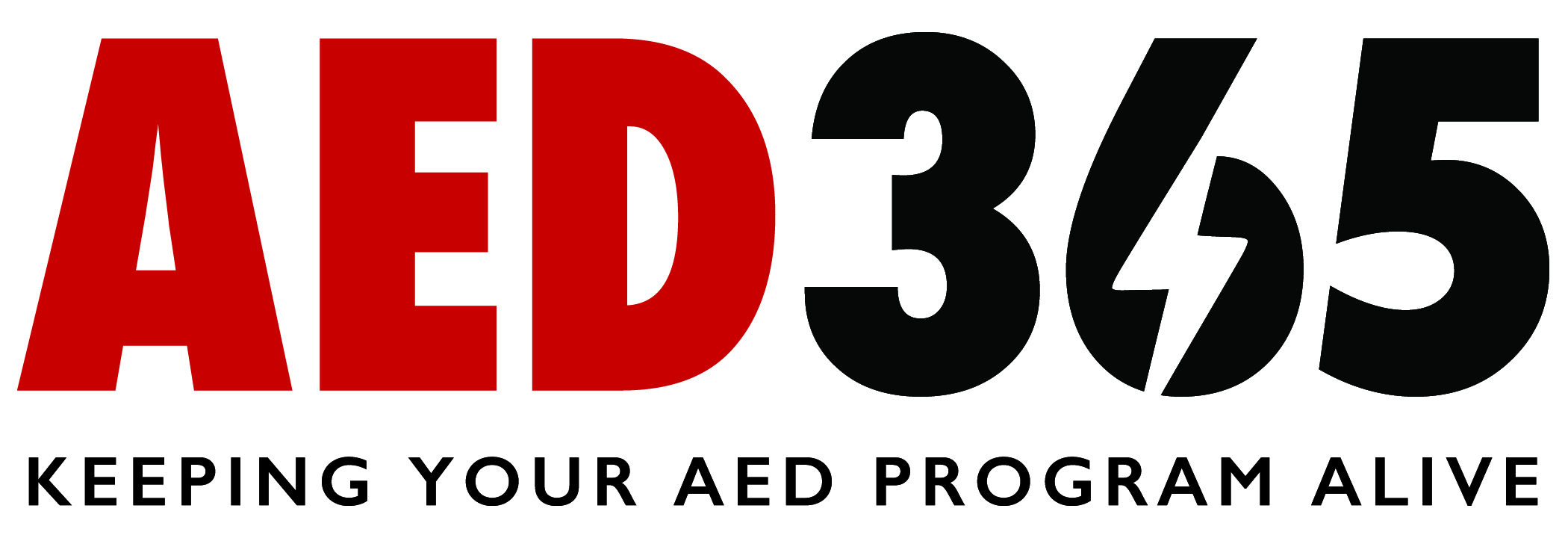Author: Marcy Burnham
More than 356,000 people have an out-of-hospital cardiac arrest in the United States every year, and 60%-80% of them die before reaching the hospital. About 10,000 of these cardiac arrests occurred in the workplace. It is vitally important that your facility has an AED present that is ready to rescue at a moment’s notice and that your employees are prepared to respond in the event of an emergency. Below are some suggestions to consider when assessing and implementing safety in the workplace:
- Assign a particular person or division to commit to promoting safety awareness
- Keep AED’s and other safety equipment (First Aid Kits, Bleeding Control Kits, etc.) in highly visible, easily accessible areas
- Enroll your team in CPR, First Aid, and AED courses
- Develop a Response Plan and practice emergency drills frequently
- Invest in AED program management to ensure AED compliance and readiness to rescue
Our goals at GoRescue and AED365 are to help ensure that you and your employees are adequately trained in CPR and AED use, and that your facility is properly protected with the correct safety equipment. Let’s all work together to ensure we, as well as our coworkers, are prepared with the knowledge, resources, and skills to help save a life. Who knows…the life that needs saving one day may be yours!
Office: (205) 417-4711
Email: [email protected]


